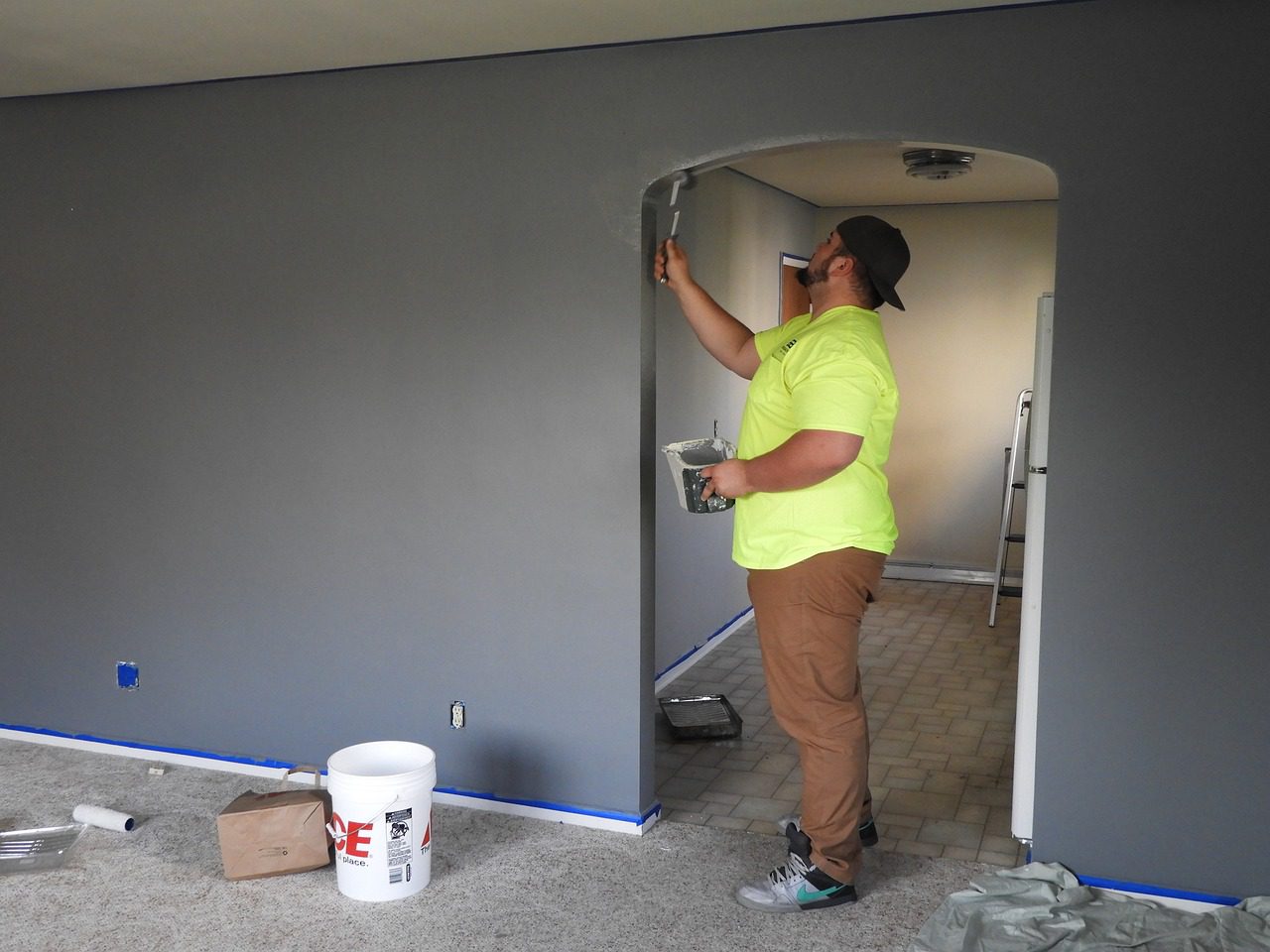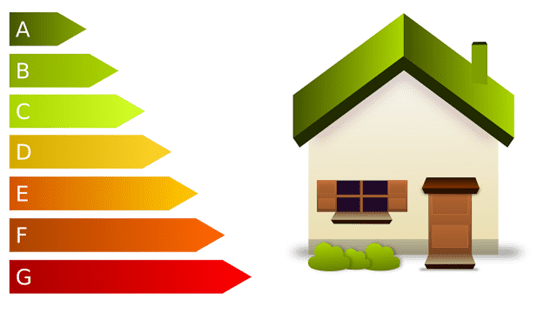Home renovations can be exciting yet challenging. They provide the opportunity to customize your living space, increase your home’s value, and improve your quality of life. However, the process can also be fraught with potential pitfalls if not planned and executed correctly. In this article, we’ll explore some of the most common renovation mistakes homeowners make and how to avoid them to ensure a successful renovation project.
1. Failing to Define a Clear Vision
Starting Without a Comprehensive Plan
Often, homeowners rush into renovations without a comprehensive plan. This lack of preparation can lead to design changes midway through the project, resulting in delays and cost overruns. To avoid this, you should have a detailed plan outlining your desired outcome before starting your renovation. This plan should encompass everything from the overall design vision to the specific materials you intend to use. Having a clear vision will also help your contractor understand the scope of the work, leading to a more accurate project estimate.
Overlooking the Long-term Maintenance Requirements
In the excitement of planning a renovation, it’s easy to overlook the long-term maintenance requirements of the new design elements and materials. However, failing to consider these aspects can result in higher maintenance costs down the line.
Adopt materials and finishes that require minimal upkeep and have a long lifespan. For instance, while hardwood floors may look appealing, they may not be the best option if you have pets or children due to their high maintenance requirements. Therefore, consider your future needs and choose materials that align with your lifestyle.
2. Neglecting Proper Budgeting
Setting an Unrealistic Budget
One of the most common mistakes homeowners make during a renovation is setting an unrealistic budget. Budgeting should be a careful calculation of all potential costs, including materials, labor, permits, and unexpected expenses.
It’s crucial to set a realistic budget that aligns with the actual cost of the renovation. According to HomeAdvisor, kitchen remodels, the most common home renovation, cost an average of $22,000, while a smaller-scale bathroom remodels average around $10,000. Use these averages as a benchmark to set your budget, factoring in the specifics of your project.
Underestimating the Total Cost
Underestimating the total cost of a renovation is another common mistake. Homeowners often overlook hidden costs like delivery and installation fees, permit costs, and the cost of dealing with unexpected issues.
To avoid this, add a contingency fund to your budget to cover unforeseen costs. This fund is typically 10-20% of the total budget. By having this cushion, you’ll be prepared for any surprises that may arise during the renovation.
3. Mishandling Contractor Selection
Hiring the Wrong Contractor
The contractor you choose can make or break your renovation project. Hiring the first contractor you come across or choosing one based solely on price can lead to subpar work, delays, and additional costs.
Research potential contractors thoroughly, ask for referrals, and interview several options. Check their portfolios and references to ensure they have a track record of delivering quality work. Furthermore, ensure they have relevant experience and proper licenses. This due diligence will help you find a contractor who can deliver a successful renovation.
Skimping on Professional Help
While it might be tempting to save money by doing some of the renovation work yourself, this can often lead to more problems down the line. Unless you have the necessary skills and experience, DIY efforts could result in structural damage, electrical issues, and other costly mistakes.
Hiring professionals, such as architects, designers, and contractors, can ensure the job is done correctly and safely. Their expertise can save you from costly errors and ensure the renovation meets all legal and safety requirements.
4. Overlooking Permits and Building Codes
Ignoring the Need for Permits
Some homeowners either forget or choose to bypass the process of obtaining the necessary permits for their renovation. This can result in legal issues, fines, and even the need to undo the completed work.
Before starting any renovation work, research your local regulations and obtain all required permits. If your work requires a permit, you’ll likely need to work with a licensed contractor. Taking the time to follow regulations can save you a lot of trouble in the long run.
Neglecting Building Codes
Failing to adhere to building codes can be a costly mistake. These codes are in place to ensure the safety and integrity of your home. Ignoring them can result in fines and can even affect the resale value of your home.
Ensure your renovation project complies with all local building codes. Your contractor or architect should be knowledgeable about these codes and can guide you through the process to ensure your project is up to standard.
5. Misjudging the Renovation Timeline
Rushing the Process
Rushing a renovation can lead to mistakes and oversights. While it might be tempting to speed up the process, good renovations take time. According to Dan DiClerico, a home renovation expert, a 3- to 6-month window is not an overkill for a major project.
Allow enough time to plan, execute, and handle unexpected issues. Building in extra time will give you room to make careful decisions, assemble a skilled team, and deal with any hiccups that may arise.
Underestimating the Timeline
Underestimating the timeline is another common mistake. Renovations often take longer than anticipated due to unexpected issues, delays in material delivery, or permit approvals. Be realistic about the timeline and build in some buffer time for unexpected delays. Regular communication with your contractor can help keep the project on track.
6. Making Poor Design Choices
Ignoring the Home’s Natural Style
One of the most important aspects of a successful renovation is ensuring it complements your home’s natural style. For instance, trying to make a Southern Plantation home look like a New York City penthouse can result in a disjointed appearance.
Work with the existing architectural style of your home and incorporate elements that blend seamlessly with it. An interior designer can help you achieve a balanced design that respects your home’s original character while incorporating your personal style.
Prioritizing Trends Over Timelessness
Trends come and go, but your renovation is something you’ll live with for years to come. While it’s okay to incorporate some current trends into your design, it’s important not to base your entire renovation on them.
Choose design elements that are timeless and will stand the test of time. This will ensure your renovation continues to look fresh and appealing for years to come, adding long-term value to your home.
7. Overlooking Structural Issues
Before starting a renovation, it’s essential to assess the structural integrity of your home. Ignoring or downplaying structural issues can lead to major problems down the line.
Inspect your property thoroughly and address any underlying issues before starting cosmetic renovations. Engaging a structural engineer can provide valuable insights and ensure your renovations are built on a solid foundation.
8. Choosing the Wrong Architectural Elements
The architectural elements you choose for your renovation, such as windows, doors, and floors, can significantly impact the overall look and feel of your space.
Choose high-quality, durable materials that complement your home’s style and meet your functional needs. For instance, when selecting floors, consider the environment they will be installed in. Prefinished hardwood flooring is perfect for your kitchen and common areas due to its easy maintenance.
9. Neglecting Green Products
With the increasing awareness of environmental sustainability, more homeowners are opting for green building products. These products are not only eco-friendly but can also help reduce the costs of running your home.
Incorporate green building products into your renovation. These could include water-efficient fixtures, energy-efficient appliances, and eco-friendly insulation. These elements can help minimize your eco-footprint and save you money in the long run.
10. Overbuilding for Your Neighborhood
Overbuilding for your neighborhood is a common mistake that can affect your home’s resale value. If your home’s value is significantly higher than others in your neighborhood due to extensive renovations, it could be more difficult to sell in the future.
Consider the value of other homes in your neighborhood when planning your renovation. Aim to improve your home without drastically exceeding the average home value in your area.
Conclusion
Home renovations are a big undertaking, but with careful planning and the right team, you can transform your living space into a place you love. By avoiding these common renovation mistakes, you can create a home that not only meets your needs but also enhances your lifestyle and increases your property’s value. Whether you’re remodeling a single room or undertaking a full-scale renovation, remember that the more you plan and prepare, the smoother your renovation process will be.






